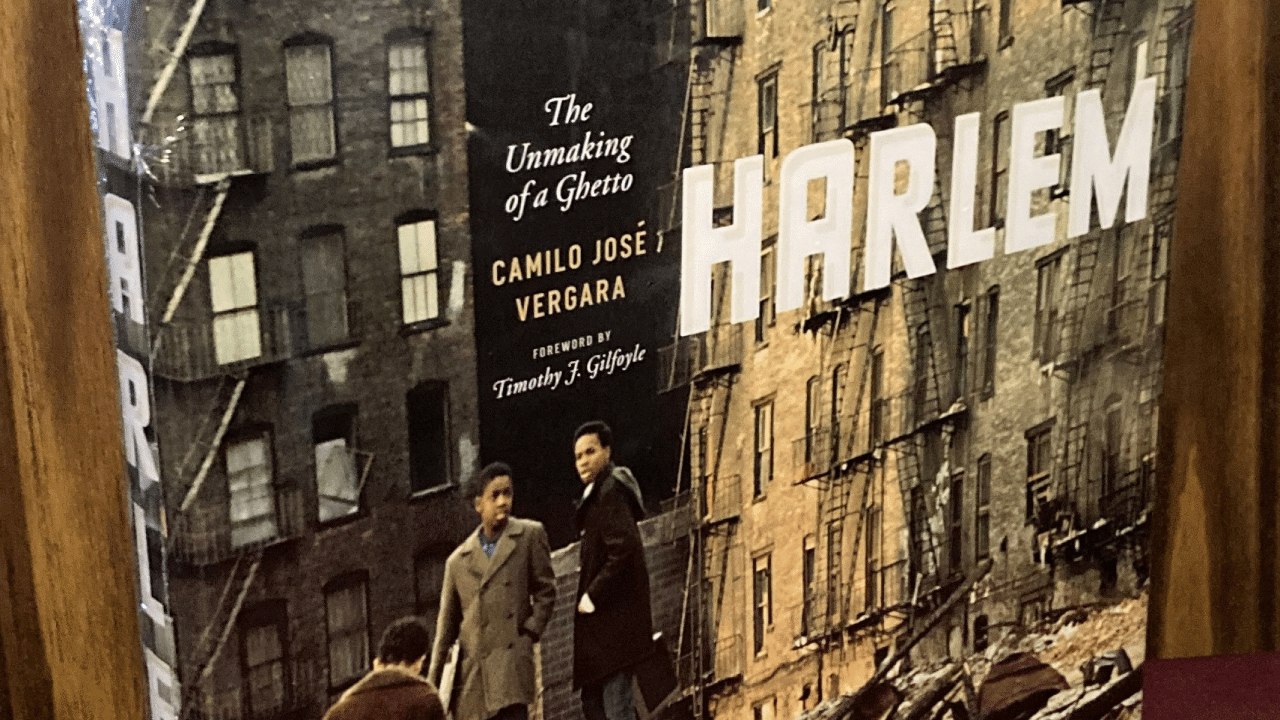Poetry has the incredible power to evoke emotions, provoke thoughts, and offer a glimpse into the depths of the human experience.
In the poem “Harlem,” the speaker’s tone is a crucial element that brings the words to life and resonates with the readers.
Throughout the poem, the speaker’s tone undergoes a profound transformation, reflecting a range of emotions from hope to frustration, anger, and despair.
In this article, we will explore the speaker’s tone in Harlem, delving into its nuances, influences, and impact on the community.
Overview:
“Harlem,” also known as “A Dream Deferred,” is a renowned poem written by Langston Hughes in 1951.
This powerful piece of literature reflects the experiences of African Americans during the Harlem Renaissance, a cultural movement that flourished in the 1920s and 1930s.
The speaker’s tone in “Harlem” is best described as reflective, frustrated, and questioning.
Through vivid imagery and rhetorical questions, Hughes explores the consequences of deferred dreams for the African American community.
Initial Sense of Hope
At the beginning of the poem, the speaker’s tone carries a glimmer of hope. The opening lines, “What happens to a dream deferred? / Does it dry up like a raisin in the sun?” set the stage for contemplation.
The speaker contemplates the consequences of delaying one’s dreams, leaving readers with a sense of anticipation. The tone here is filled with curiosity as if the speaker is posing a question to the world.
Building Frustration and Disillusionment
As the poem progresses, the speaker’s tone shifts towards frustration and disillusionment. The repeated use of rhetorical questions intensifies the sense of unease and dissatisfaction.
The lines “Or fester like a sore— / And then run?” and “Or does it explode?” convey a growing discontentment and dissatisfaction with the stifling conditions experienced by African Americans in Harlem.
The tone becomes more urgent, reflecting the mounting frustration and the need for change.
Intensifying Anger and Despair
In the next phase of the poem, the speaker’s tone takes on a more intense and angry quality. The lines “Maybe it just sags / Like a heavy load” and “Maybe it just sags / Like a heavy load” express the weight of unfulfilled dreams, symbolizing the burden carried by the African American community.
The tone here is marked by bitterness and a sense of injustice, reflecting the speaker’s anger at the constant denial of opportunities and the systemic oppression they face.
The Vibrant Rhythms of Harlem
A Melting Pot of Cultures and Sounds
Harlem’s tone can best be described as a symphony of vibrant rhythms, reflecting the diverse cultural tapestry woven within its streets.
From the pulsating beats of jazz to the soulful melodies of the gospel, Harlem’s musical heritage resonates through its very core.
Artists like Duke Ellington, Louis Armstrong, and Billie Holiday have graced Harlem’s stages, infusing the air with their creativity and passion.
The Blues: A Cathartic Expression
Within the speaker’s tone in Harlem, the blues reverberate with a profound sense of longing and melancholy.
This genre serves as a cathartic expression of the struggles and hardships faced by African-Americans throughout history.
From the wailing notes of a saxophone to the heartfelt lyrics, the blues capture the raw emotions embedded in Harlem’s collective consciousness.
The Rhythm of Life: Harlem’s Everyday Tone
A Hustle and Bustle of Energy
Harlem’s everyday tone is a reflection of its dynamic and energetic nature. The streets pulse with life as residents go about their daily routines, engaged in a constant hustle and bustle.
From the vendors selling their wares on the sidewalks to the laughter and chatter emanating from local shops and cafes, Harlem exudes an unmistakable vivacity that sets it apart.
Community Spirit and Resilience
Embedded within the speaker’s tone in Harlem is a deep sense of community spirit and resilience. Despite the challenges faced by its residents, Harlem has remained a symbol of strength and unity.
This spirit is reflected in the interactions between neighbors, the support networks that exist, and the shared experiences that bind the community together.
Exploring the Colors of Harlem’s Tone
Joy and Celebration
Harlem’s tone is also characterized by moments of sheer joy and celebration. Whether it’s the vibrant festivities of the Harlem Renaissance or the exuberant parades that take place throughout the year, the speaker’s tone in Harlem radiates with an infectious sense of merriment.
These celebrations serve as a testament to the indomitable spirit of the community.
Resonance of Struggle
However, alongside the joyous notes, Harlem’s tone also echoes the resonance of struggle. The history of this neighborhood is intricately intertwined with the civil rights movement and the fight for equality.
The speaker’s tone in Harlem reflects the trials and tribulations faced by its residents, serving as a reminder of the ongoing quest for social justice.
The Final Burst of Emotion
In the concluding lines of “Harlem,” the speaker’s tone reaches its peak of emotion. The phrase “Or does it explode?” carries a powerful sense of desperation and fury.
It represents the breaking point, where years of unfulfilled dreams and repressed aspirations culminate in an explosive outburst. The tone is filled with raw emotion, conveying the depth of the speaker’s pain and the urgent need for change.
In conclusion, the speaker’s tone in Langston Hughes’ poem “Harlem” takes the readers on an emotional journey.
From the initial sense of hope to building frustration, intensifying anger, and culminating in a final burst of emotion, the tone reflects the complex and challenging experiences faced by African Americans in Harlem.
Through the power of poetry, Hughes invites readers to empathize with the struggle for equality and justice.
FAQs:
Q1: What is the poem “Harlem” about?
The poem “Harlem” by Langston Hughes explores the consequences of delaying one’s dreams and aspirations, particularly in the context of the African American community in Harlem.
Q2: Why is the speaker’s tone important in the poem?
The speaker’s tone in “Harlem” plays a crucial role in conveying the emotions and experiences of the African American community.
It helps the readers connect with the poem on a deeper level and understand the impact of systemic oppression.
Q3: How does the tone evolve throughout the poem?
The tone in “Harlem” starts with a sense of hope and curiosity, then transitions to frustration, anger, and despair.
It culminates in a burst of raw emotion, symbolizing the breaking point.
Q4: What is the significance of the repeated use of rhetorical questions in the poem?
The repeated use of rhetorical questions in “Harlem” intensifies the sense of frustration and dissatisfaction, emphasizing the urgency for change and challenging the status quo.
Q5: How does Langston Hughes’ “Harlem” reflect the African American experience?
“Harlem” captures the experiences of African Americans in Harlem, highlighting their struggles, frustrations, and dreams deferred due to systemic racism and inequality.
It serves as a poignant commentary on the African American experience during the time it was written.








